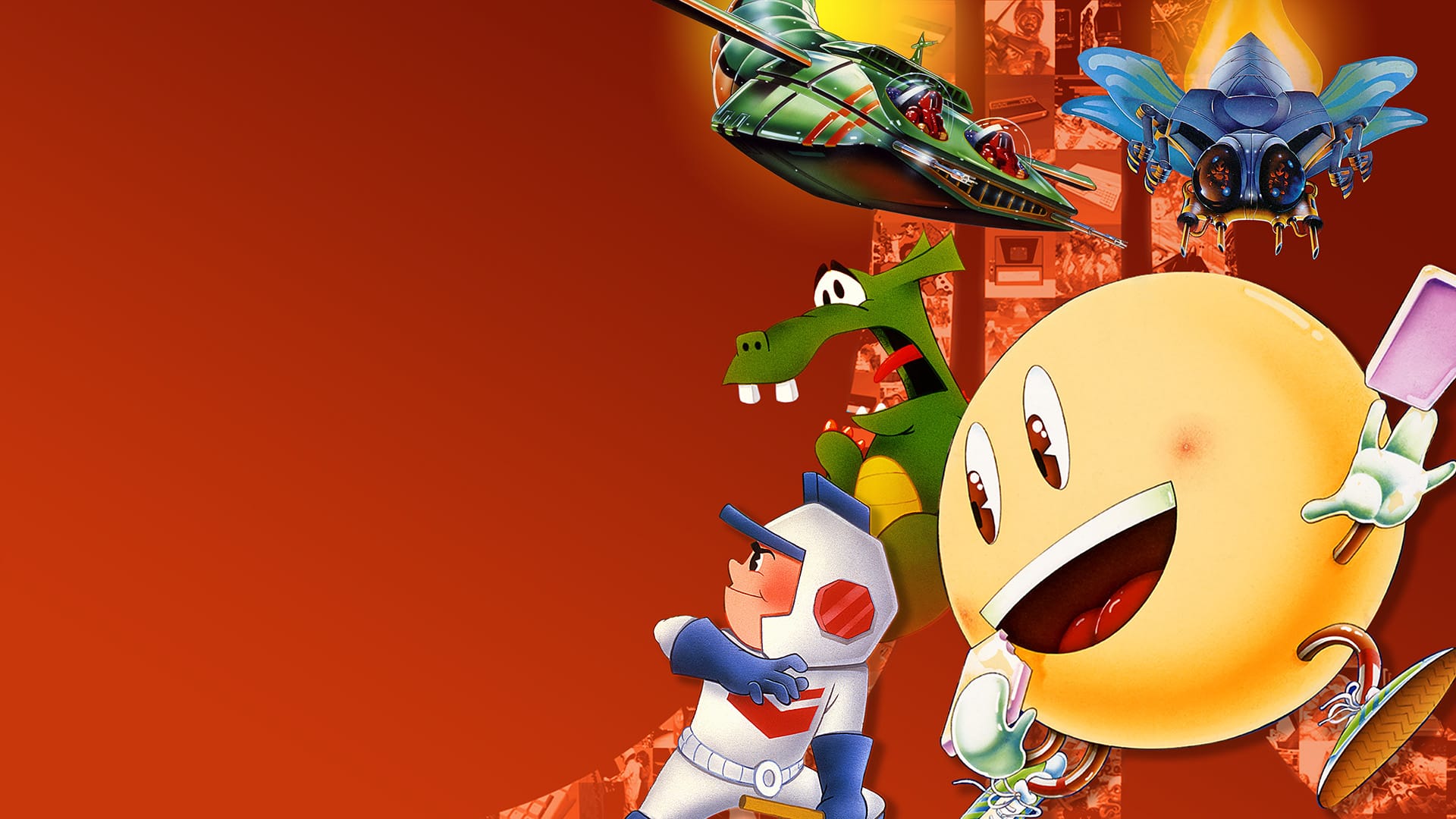An exceedingly fun, colourful menagerie of cartoonish robbery, Dollar Dash reminds me of the old independent games you find on CDs at convenience store for two dollars. However, instead of 3 level tiers and jerky controls, Dollar Dash is a vivid, smoothly run piece of social fun.
The game has no fleshed out plot: you’re a robber and you do things that are only reminiscent of robbing, such as scrounging cash in dark alleys, holding safes, and robbing other robbers (robbers do those things, right?). However, to Dollar Dash’s credit, it makes no attempt to confuse the player with a half-assed narrative: the game is very clear about being a multiplayer game, and though there are snags, in this context it’s certainly a solid winner.

With a considerable number of maps, each with their own little gimmicks and unique visual style across three different modes, Dollar Dash bears considerable variety in its work. The game refuses, if unabashedly, to be static and boring. The comic book-esque BOOMs and the beautiful lighting and saturation create a frenetic rapidity when rockets or balls or bottles are thrown, and you can quickly become hurried to find yourself in all of the chaos and the traps and the decoys.
Furthermore, the game’s multiplayer allows bots, so you don’t need a full room to enjoy the mayhem, but the difficulty levels of the bots can vary widely. Even though I was playing moderate difficulty, the bot ranged greatly in terms of performance, strategy, and complexity, and sometimes refused to move.

The tutorial level – ‘Boot Camp’ – is overly simplistic and provides no major insight on how the game’s more complication features function. Likewise, the tutorial only gives you the basics on the tools and items you can get, but doesn’t provide much detail on terrain obstacles such as grease and oil. If you’re inattentive, you can quickly become lost trying to figure out why your character is moving backwards or sluggish. Short descriptions define each mode, and though you can pick it up fairly easily, you can become overwhelmed against much better players. It’s very much a pick-up-and-play scenario where you can easily get shafted for entering a game in the middle and fumble around until somebody wins.
A top-down game, Dollar Dash can be somewhat nauseating to play for lengthy periods of time on large screens. The game doesn’t do a particularly good job of zooming in on your specific character in multiplayer, so a sizable map can result in some squinting. X-Com: Enemy Unknown breaks up these things by showing cutscenes and allowing you to manually zoom in. Likewise, some maps have obstacles that are just flat out difficult to predict or prepare against, so expect to be somewhat shafted by pure luck. Trucks and bridges, instance, can run you over or give out without a moment’s notice.

In-game currency allows you to add perks and change your character’s appearance, and while the former is handy for traps and items, the latter is purely cosmetic. Through sheer effort, you rank up by acquiring more and more money, rewarding you for faithful and dedicated play. The longer you play, the more customizable your character becomes.
Overall, Dollar Dash comes off as a bit bare, but highly detailed and well suited game for what it is – a multiplayer mashup. Despite its faults, it’s definitely a game worth checking out. While it makes the most with its limited controls, ultimately the game functions much more similarly to an iPhone or Android game than an Xbox Live arcade game: instead of a shortened, quick, packed game, it exudes an intended longevity that isn’t very well supported by its somewhat sparse foundations. There isn’t much to do in Dollar Dash other than play the limited plethora of modes available, but you can expect high quality and quantity for what you can. In all fairness, the game’s selling point is its colour, its energy, and its cartoonish embrace of a purely multiplayer platform, and in that regard, it’s exceedingly well designed.





